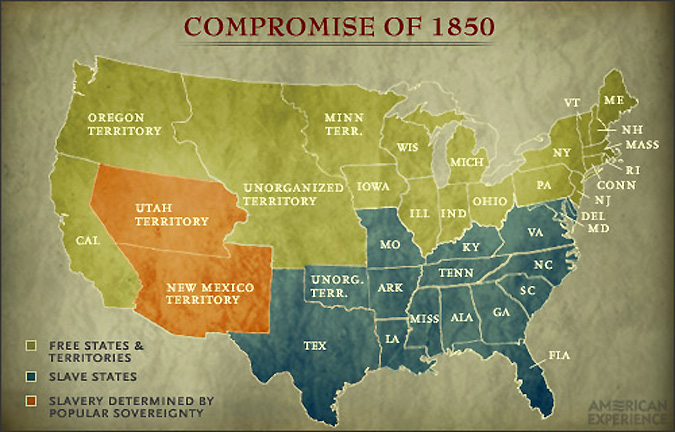Sectionalism
In the 1800's, sectionalism spread through America like wildfire! Sectionalism is when a group or section of a nation feels more loyal to themselves than they do as a complete nation. Americans saw themselves as Southerners and Northerners. After the war of 1812, the North and the South spread further and further apart. The South believed in slavery while the North was against it. They had may differences which resulted in conflicts. The South had many plantations, slaves, and crops; while the North had a more industrial-based economy. As a result, the North had a larger population than the South.
This picture shows America being separated through sectionalism.
image from:
States' Rights and Nullification
State's rights are the powers that individual states possess rather than the federal government. The federal government gave a law on tariffs that South Carolina found unacceptable. As a result, they exercised their state's rights and ignored the federal law by nullifying it. President Jackson was infuriated and sent troops to South Carolina to enforce the federal law. As a result, a war was almost sparked.







